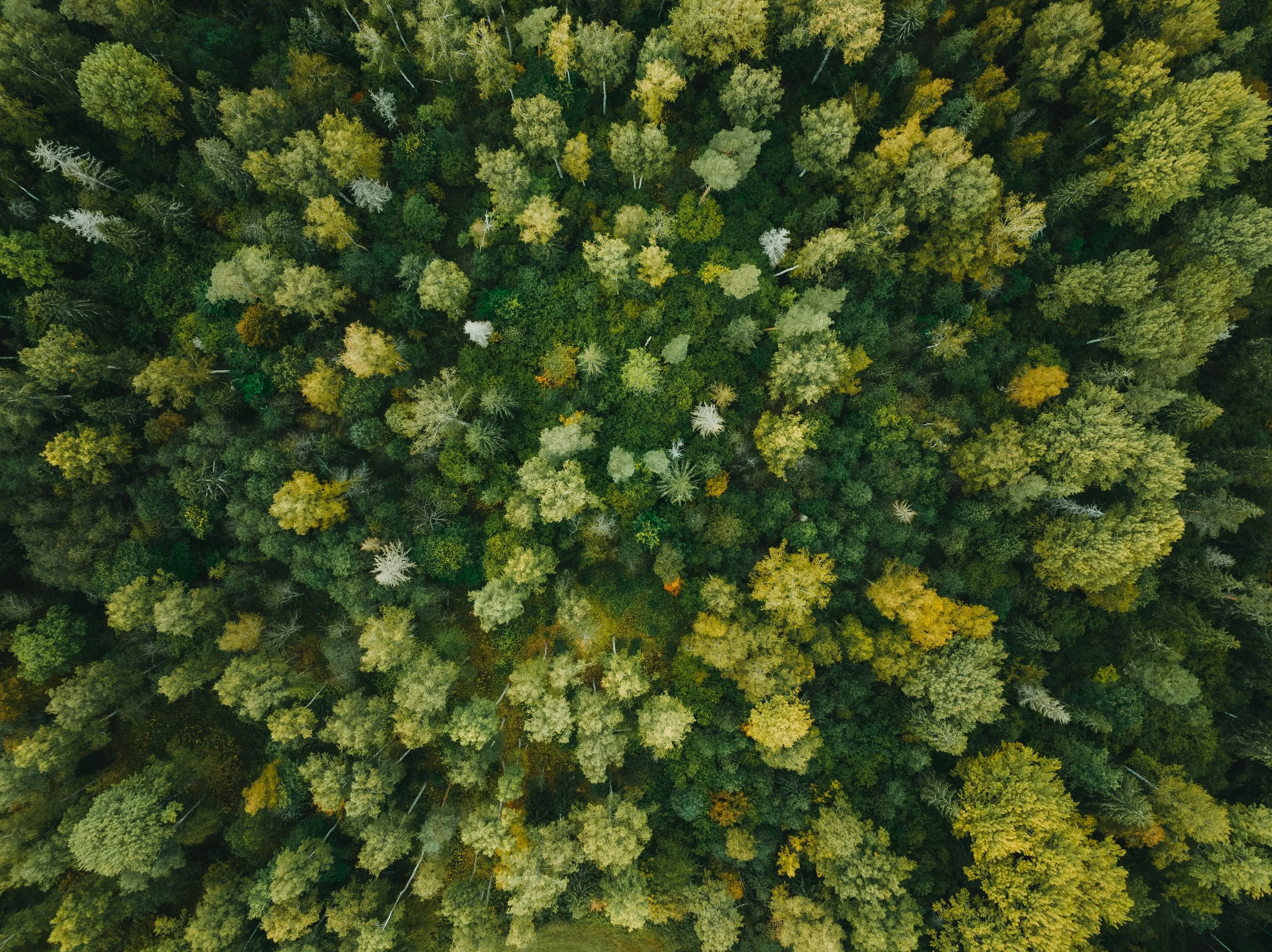Death Goes Green - A Visit With Earth
When I think about “green” burial options…. or let’s say a year ago, when I thought about “green” burial options my understanding of what that included was fairly limited.
Digging a little deeper into the full umbrella of “green” deathcare or funeral options I learned there was quite a bit more than simply a burial that involved no embalming and an environmentally friendly vessel.
Green Forest
What is Green Burial Exactly?
Let’s lean on some experts rather than me making this up. The Green Burial Council has this to say about how they define a “green burial”. Here’s an excerpt from their definition
“Natural burial grounds, cemeteries, and preserves all seek to bury without impediment. That means no embalming, no liners or vaults, and using biodegradable containers, whether caskets, shrouds or nothing at all. These cemeteries are operated by a variety of owners: municipal governments, religious groups, individuals, nonprofits, for-profits, and others. Often these burial grounds are designated natural because they may not be directly affiliated with or in partnership with a land trust or other conservation entity; but they most likely are committed to following conservation best practices nonetheless. Natural burial cemeteries strive to provide rich experiences for families and friends amidst careful restoration and maintenance of the land and its inhabitants, both above and below ground.”
Why Do “Green” Funeral Options Matter?
Beyond simply a “green” burial, newer industries have emerged to disrupt the traditional path that an increasing number of people have recognized as unsustainable. In spite of the recent popularity of cremation, the reality of the process is something that many folks don’t consider. The fossil fuels, the emissions created during the process, and the increasing popularity of cremation as a method of handling human remains all have a real environmental impact.
The National Funeral Director’s Association indicates that they expect cremation rates to rise from 60.5% to nearly 81.4% in the next 20 years.
We seem far overdue for humans to look towards other more sustainable options.
What Other Green Options Exist?
Outside of a green burial two slowly growing options have emerged.
Water Cremation - also known as aquamation or alkaline hydrolysis, uses water, heat, and alkaline chemicals to break down human remains. The process dissolves the body’s soft tissues and the bones are processed similarly to traditional cremation.
Natural Organic Reduction (NOR) - or human composting has also started to gain in popularity. Placing the remains in a specialized vessel alongside organic materials over the course of 30-90 days a body decomposes and the bones are processed similarly to traditional cremation. With this method families receive nutrient rich soil that can be used in gardens or memorials.
One of the biggest benefits to NOR or Human Composting is the highly sustainable process. Human composting requires minimal energy and creates no emissions.The process costs roughly the same as cremation and is viewed as an extremely environmentally conscious option. Costs for Aquamation vary but can be more than double the cost and there’s very little infrastructure currently available in the US.
Meet “Earth” - What’s their process?
We were fortunate enough to be offered a virtual tour of one of Earth’s facilities in Nevada to learn a bit more about the process.
Your loved one’s remains are transported to Earth’s facility (they’re currently open in Washington State, Nevada, and are working on a third facility in Maryland). Where the remains are placed into a specialized vessel combined with other natural materials including mulch, wood chips, and wildflowers. Our guide even offered that some families include flowers of their own from a memorial service.
These materials are placed into a vault that contains the specialized container that gently rotates the soil (we mean gently here too, not like your dryer at home) to maintain the process of decomposition. Other existing facilities offer a similar process with some requiring a manual rotation of the vessel. In addition, all of the staff at Earth who are involved with maintaining the vessels and vaults that contain the remains are handled entirely by professionals with mortuary certifications (while there’s none specific to human composting yet they are all certified professionals based on the standard funeral practices available in the industry)
At the end of the 30-90 day period families and loved ones receive five small containers of soil. This soil will be the sterile soil of your loved one combined with the processed bones (just as in traditional cremation).
You also have the option to collect all of the soil - but due to the volume this must be done in person, or purchase additional soil and cover the cost of transit. If you choose to go with the 5 included containers, the additional soil is used in the restoration of designated conservation sites, specifically identified by Earth to restore a healthy ecosystem.
Earth also offers a pre-payment option that includes transport insurance for anywhere in the world, and there’s something, at least for me, that’s really reassuring about knowing that my remains would be handled no matter what happened and my wishes would be honored.
I found it super interesting to think about the bioavailability of all of the nutrients in the bones - the calcium and minerals that aren’t simply sterilized with fire, or would require decades to properly “return” their minerals to the earth. For me, it seems like a far truer “ashes to ashes” situation if your goal is to add your “stardust” back into the ongoing death and creation-of-life cycle that the planet follows.
While the process of “human composting” may be offputting to some people - my hope is that more people begin to educate themselves about this growing option (now legalized in 13 US states - with laws taking effect over the coming years).
Want to learn more?
Learn more about Earth here.

